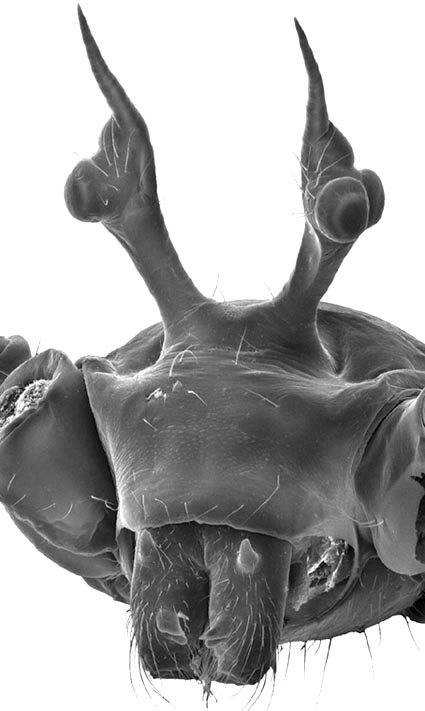 Pholcidae
are among the most species-rich spider families but our knowledge about
some of
the major clades remains rudimentary. This was especially true of the
nominotypical genus Pholcus.
It is
the largest genus in Pholcidae in terms of species (now 254 species),
but it had
never been revised and many species were named but were basically
unknown and
not identifiable with the existing literature. In some cases, all we
had was a
short text in any of nine different languages ranging from Latin to
German and
Korean, and a few poor drawings or no illustrations at all.
Pholcidae
are among the most species-rich spider families but our knowledge about
some of
the major clades remains rudimentary. This was especially true of the
nominotypical genus Pholcus.
It is
the largest genus in Pholcidae in terms of species (now 254 species),
but it had
never been revised and many species were named but were basically
unknown and
not identifiable with the existing literature. In some cases, all we
had was a
short text in any of nine different languages ranging from Latin to
German and
Korean, and a few poor drawings or no illustrations at all.The basic aim of this paper was thus to create an overview of Pholcus, to redescribe as many of the “old species” as possible, to describe relevant new species (112 new species are described in this paper), to provide a first working hypothesis regarding their phylogenetic relationships, and to outline the major gaps of knowledge.
Initially, the emphasis was on African taxa, and several expeditions (Guinea, Cameroon, Kenya, Uganda, Gabon) were conducted to collect new material and to gain some insight into distribution patterns across the African continent. However, it soon became clear that neither African Pholcus nor Leptopholcus are likely to be monophyletic, requiring the addition of Asian (and New World) material. When preliminary cladistic analyses revealed that even these genera as such might not be monophyletic, the scope was further expanded to include all the genera characterized by simplified comb-hairs on the fourth tarsi (cf. Huber & Fleckenstein 2008). As a result, the present paper deals with a total of ten genera.

 PDF
PDF